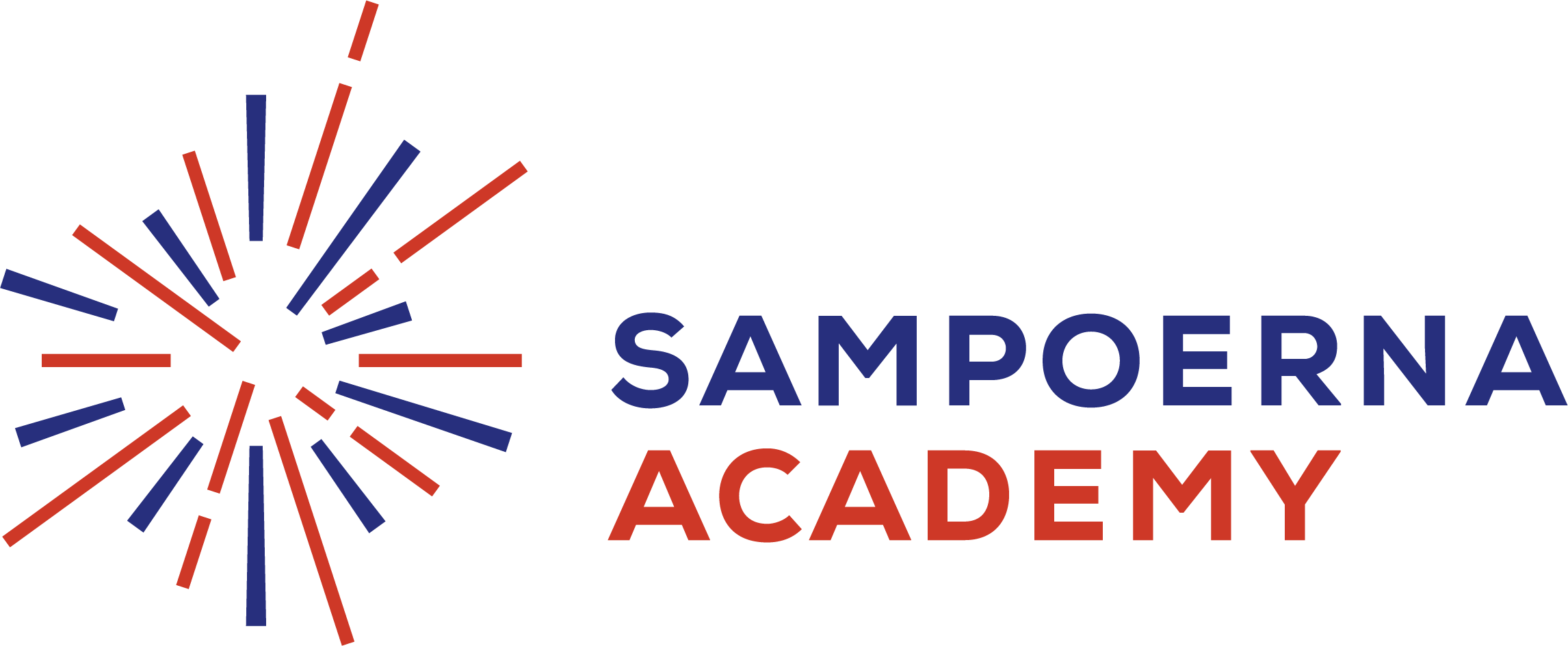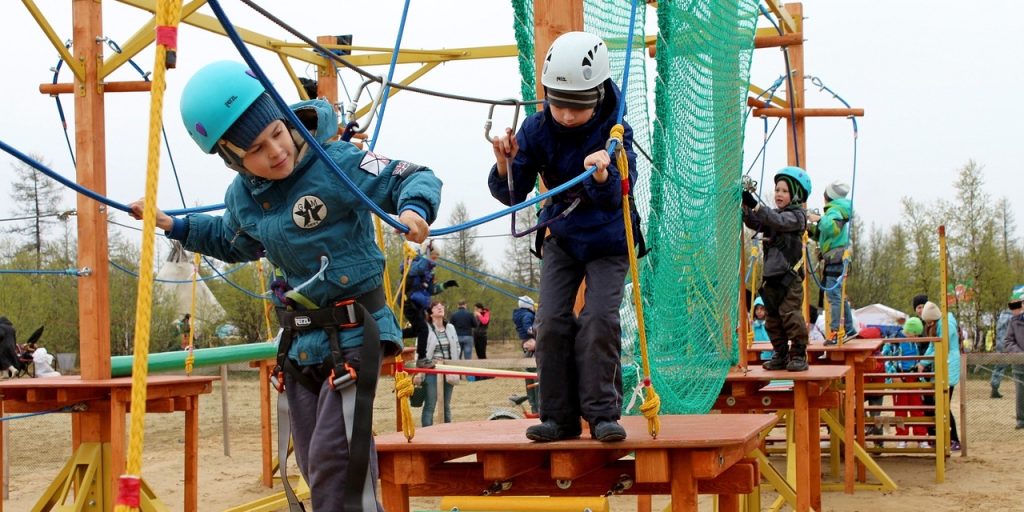Some groups will never develop previous this stage; nonetheless, disagreements inside the staff can make members stronger, more versatile, and capable of work extra successfully collectively. Supervisors throughout this part could also be extra accessible, however tend to stay directive of their steering of decision-making and skilled behaviour. The group members will due to this fact resolve their differences and members will be capable of participate with one another extra comfortably. The ideal is that they will not really feel that they are being judged, and can subsequently share their opinions and views. As the name implies, the Storming stage of group development entails some conflict. Group members may compete with each other for areas of responsibility and/or specific tasks.
Patience and consideration toward group members and their views go a long way towards avoiding this drawback. Once their efforts are underway, group members want readability about their activities and objectives, in addition to express steerage about how they’ll work independently and collectively. This leads to a interval generally known as storming—because it may possibly contain brainstorming concepts and also as a outcome of it normally causes disruption.

MIT’s expanded Adult & Senior Care Services via Care.com can give you the assist you to want in caring for an aged member of the family or an grownup with bodily or other challenges.
At this stage, the group isn’t very productive, as they’re still getting acclimated and determining the function that every individual will play on the group. Psychologist Bruce Tuckman was the first to document the completely different phases that teams undergo as they develop. In this text, we discuss the totally different phases of group development and how one can guide your team through them to optimize collaboration. These development stages show up repeatedly on an SAP project, not only when it starts but all through as phases, deliverables and personnel change. Having an professional at your facet might help you develop a high-performing team. LRI’s consultants have distinguished records in facilitating the development of high-performing teams.
Constructing Groups Utilizing Tuckman Model And Video Games
It’s upon reaching this stage that a group can turn into high performing. Members will typically be enthusiastic about their work and discover satisfaction in the outcomes. They’ll also belief one another and interact with a excessive degree of openness.

These norms of collaboration can address points ranging from when to use sure modes of communication, corresponding to e-mail versus telephone, to how team meetings will be run and what to do when conflicts arise. Norms turn out to be a means of simplifying choices and facilitating collaboration, since members have shared expectations about how work will get carried out. In this stage, the priority is for group members to get to know each other.
This is then adopted by a “performing” section that leads to a new performance stage which they call the “reforming” section. Team effectiveness is enhanced by a group’s dedication to reflection and on-going evaluation. In addition to evaluating accomplishments in phrases of assembly particular objectives, for teams to be high-performing it is important for them to grasp their development as a team.
Bug Banisher
The ideas are primarily based on the same rules Five Star resorts and eating places use to realize high-quality service. If your firm focuses on the 7 areas, you’ll begin to see a cultural shift occur 4 stages of team formation and your firm’s degree of consumer service will rise. The fifth stage of group development, also referred to as the mourning stage, is the ultimate stage a team will go through.
This stage is where teams “start to hit their stride” and begin developing sturdy relationships with one another. The strengths of every staff member is being acknowledged and socializing outdoors of the normal team setting might start. Open dialogues with constructive criticism are starting and trust is being gained amongst all members. As this stage progresses the people will become extra dedicated to the team’s goals.
Leadership From The Proverbs: Worry Of The Lord
Members really feel connected to the group as something “higher than the sum of its components” and really feel satisfaction in the staff’s effectiveness. Members feel confident of their particular person abilities and people of their teammates. Team Tasks in the course of the Storming stage of growth name for the team to refocus on its goals, perhaps breaking bigger targets down into smaller, achievable steps. The staff may must develop each task-related skills and group process and conflict management skills. A redefinition of the staff’s objectives, roles and tasks may help group members past the frustration or confusion they experience during the Storming stage.
Because storming could be contentious, members who are averse to conflicts could find it disagreeable and even painful. This can decrease motivation and effort by drawing consideration away from duties. In some circumstances storming (i.e., disagreements) could be resolved shortly. Other occasions a staff never leaves this stage and becomes stuck and unable to do its work.
- Ultimately, the group needs to achieve readability by working via its main issues, which allows them to move ahead into the following stage.
- For those group members who’ve beforehand worked together, previously unresolved issues may even arise.
- If group members sense that they don’t have all the information, or that data is being selectively shared, they’ll maintain their guard up.
- She additionally asks each member to write a brief evaluation of the group experience.
- At this stage there could be often a positive and polite ambiance, people are pleasant to one another, and they might have feelings of pleasure, eagerness and positiveness.
- In the mid-1960s, he introduced his mannequin of the four levels of group improvement.
Even the most high-performing teams will revert to earlier phases in sure circumstances. Many long-standing groups undergo these cycles many occasions as they react to altering circumstances. For instance, a change in leadership may cause the staff to revert to storming as the new individuals challenge the present norms and dynamics of the staff. In the Performing stage of group growth, members feel satisfaction in the staff’s progress. They share insights into private and group process and are conscious of their very own (and one another’s) strengths and weaknesses.
In this stage, all staff members take responsibility and have the ambition to work for the success of the staff’s goals. They start tolerating the whims and fancies of the opposite staff members. The hazard here is that members may be so focused on stopping conflict that they’re reluctant to share controversial ideas. Bear in mind that, in some instances, you would possibly must reform and relaunch a long-standing staff https://www.globalcloudteam.com/ to reap the benefits of all 4 Tuckman phases. And to be clear, the Tuckman mannequin is solely one method of looking at staff growth. But it’s been round a long time and I believe it still serves as an excellent jumping-off level for the idea of seeing teams as organically evolving entities rather than “plug and play” machines.
While not a half of Tuckman’s original model, it is important for any team to pay attention to the end or termination process. One task we regularly assist shoppers with is exploring the feasibility of developing an idea… The staff comes up with an concept to focus the training on five eventualities often discovered in the hospital.
The organisational environment the new group exists in can also be unfamiliar to its members. The managers must introduce the staff to its stakeholders and clarify its dependencies and its place within the organisation. Team Bug Banisher has formed, stormed, normed, carried out, and adjourned—successfully.
Best of all, teams at this stage will largely have the power to manage themselves, resolve their very own conflicts and act collectively, as a complete. You could even be capable of turn over some of the day-to-day management to a staff member. Team members could really feel a big selection of issues concerning the team’s impending dissolution. They may be feeling some nervousness due to uncertainty about their individual role or future responsibilities.
In this stage, group members are in the strategy of learning how to work collectively. As group members begin collaborating, conflicts could come up, whether or not that’s from clashing personalities or opinions on how a project should progress. Without a transparent understanding of what role each individual plays on the team, relationships can get tumultuous as team members wrestle to find a function that’s proper for them. While these four stages—forming, storming, norming, and performing—are distinct and customarily sequential, they typically blend into each other and even overlap. For instance, if a model new member joins the group, there could additionally be a second transient interval of formation while that individual is integrated.




